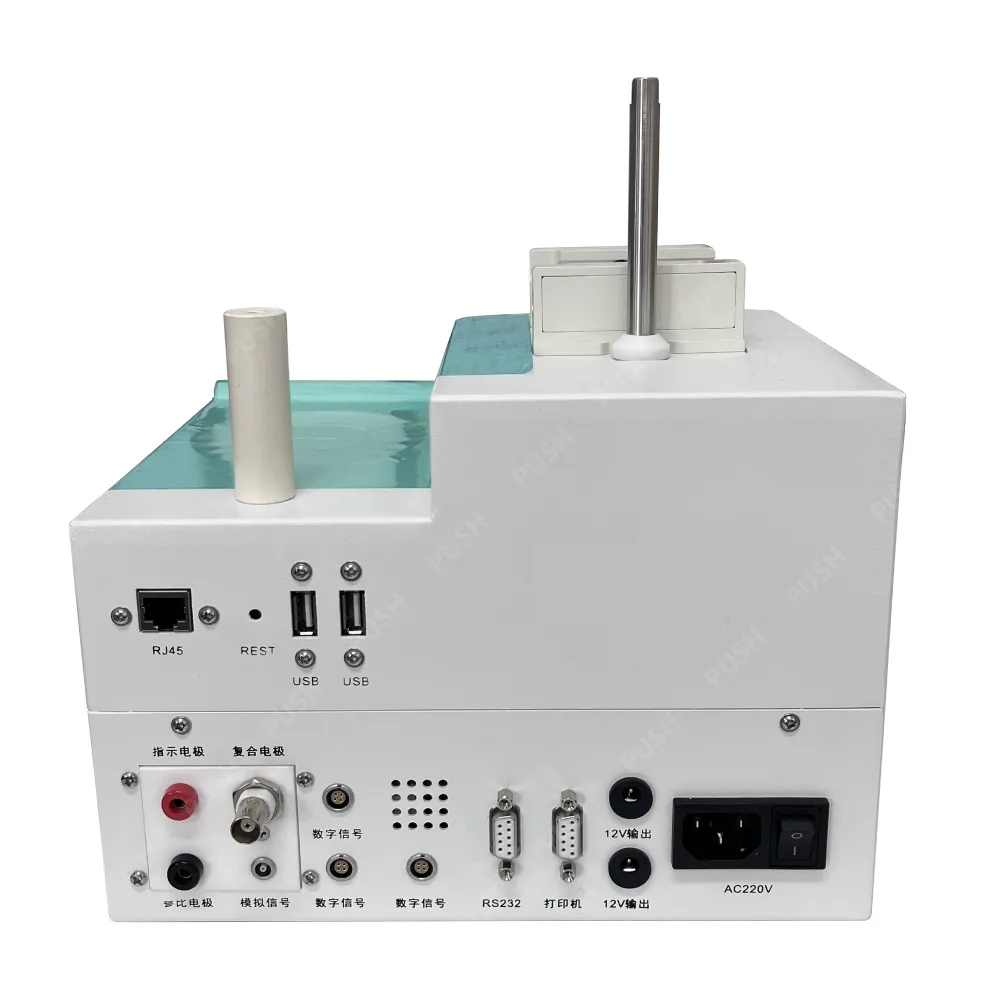 English
English


Understanding the Significance of Turns Ratio Testing in Transformer Analysis and Performance Evaluation
Understanding the Turns Ratio Test in Transformers
Transformers are essential components in electrical systems, allowing for the efficient transfer of energy between circuits through electromagnetic induction. One critical aspect of maintaining and operating transformers is ensuring they function correctly and reliably. Among the various tests performed on transformers, the turns ratio test stands out as a vital method for assessing performance and identifying potential issues.
What is a Turns Ratio Test?
The turns ratio test examines the ratio of the number of turns on the primary winding to the number of turns on the secondary winding of a transformer. This ratio is fundamental because it determines the voltage transformation ratio; that is, how the primary voltage will be transformed into the secondary voltage. The formula is straightforward
\[ \text{Turns Ratio (TR)} = \frac{N_p}{N_s} \]
Where \(N_p\) is the number of turns in the primary coil, and \(N_s\) is the number of turns in the secondary coil. This test is critical as it provides an immediate indication of the transformer’s functionality and can highlight problems such as shorted turns or improper winding connections.
Importance of the Turns Ratio Test
1. Validation of Design Specifications The turns ratio test validates that the transformer has been built according to its design specifications. Any deviations in the turns ratio can indicate manufacturing errors or design flaws.
2. Identification of Winding Faults Issues such as shorted turns or damaged windings can significantly affect the performance of a transformer. The turns ratio test can detect such faults, allowing for timely intervention before they lead to more severe problems.
turns ratio test in transformer

3. Comparative Analysis By comparing the measured turns ratio against the nominal values, engineers can assess the current state of the transformer to its original design. This comparison helps in understanding the aging of the transformer and can inform maintenance schedules.
4. Functional Assessment If a transformer is suspected of malfunctioning due to load issues or electrical disturbances, the turns ratio test can help confirm whether the transformer is operating within expected parameters.
Performing the Turns Ratio Test
To conduct a turns ratio test, technicians utilize specialized instruments known as turns ratio testers. The procedure generally involves
1. Disconnection The transformer must be disconnected from any load to prevent interference during testing. 2. Test Connections The tester is connected to the primary and secondary terminals of the transformer.
3. Measurement The tester measures the voltage at the primary winding and the secondary winding, calculating the turns ratio based on these readings.
4. Analysis The measured turns ratio is then compared to the manufacturer’s specifications to determine its condition.
Conclusion
The turns ratio test is a simple yet effective means of assessing the condition and performance of transformers. Given its ability to reveal critical information regarding winding integrity and voltage transformation capabilities, it plays a significant role in transformer maintenance and reliability. Regular testing not only supports ongoing operations but also enhances safety and efficiency in power systems. Understanding and implementing this test can lead to longer transformer life and more reliable power delivery, making it a standard procedure in transformer management and upkeep. Properly executed, the turns ratio test provides key insights that contribute to effective transformers capable of supporting modern electrical demands.
-
Differences between open cup flash point tester and closed cup flash point testerNewsOct.31,2024
-
The Reliable Load Tap ChangerNewsOct.23,2024
-
The Essential Guide to Hipot TestersNewsOct.23,2024
-
The Digital Insulation TesterNewsOct.23,2024
-
The Best Earth Loop Impedance Tester for SaleNewsOct.23,2024
-
Tan Delta Tester--The Essential Tool for Electrical Insulation TestingNewsOct.23,2024





